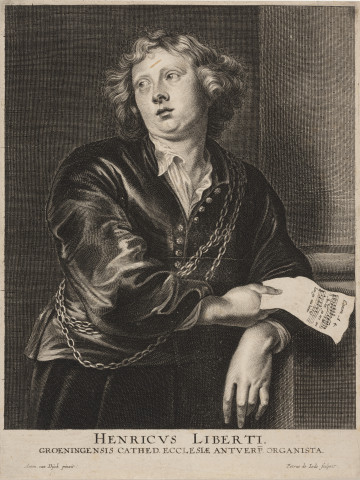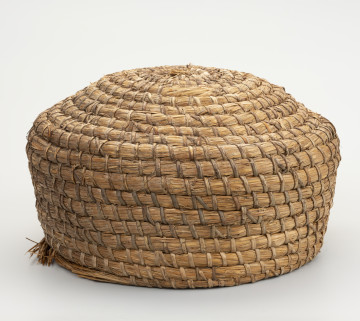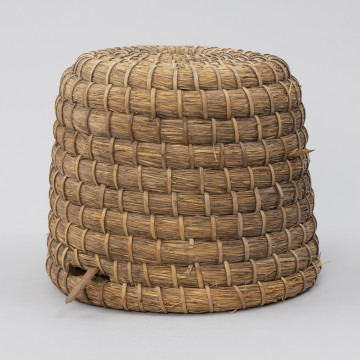
Portrait
circa 1632
National Museum in Szczecin
Part of the collection: European classics of modernity
Jan Paweł Mazurkiewicz simultaneously began his humanities education at the Jagiellonian University and his artistic education at the Academy of Fine Arts in Kraków. He graduated from the latter under the supervision of Teodor Axentowicz in 1913. The outbreak of the First World War meant his conscription into the Austrian army, his imminent capture by the Russians and seven-year captivity in Siberia. After the outbreak of the October Revolution, Mazurkiewicz received employment in the Soviet art education system. He taught art history and worked for the Red Army's cultural agency (Kultprosvet), exhibiting paintings in Semipalatinsk (today: Semey), Novonikolayevsk (today: Novosibirsk) and Krasnoyarsk. After receiving an indefinite leave from the Soviet army, he repatriated to Krakow and then Poznań, where he got a job at a teachers' seminary in 1922. At that time, he joined the Warsaw group of artists Sursum Corda, led by Kazimierz Stabrowski. The painting Po bitwie [After the Battle] from 1937 is a good representation of the symbolic phase of his work, in which the titles of the paintings (Marsz żałobny [The Mournful March], Vita somnium breve, Rapsodia wojenna [The War Rhapsody]) alluded to his personal experiences in exile and - through their historicisation - to Polish Romantic and Neo-Romantic poetry. The synesthetic elements noticed by the critics of the time meant that Mazurkiewicz's works reflected the climate of the period in a similar way to the catastrophic literature of the late 1930s. [...] What during the day is the ridge of a clearing - at night is the bottom of a terrible funnel, | On which it shines, you no longer know: desert, dream or blizzard. | From the trees a shadow and a rustling grow and bats chase, And in people there is dark love and it protects from fear [...] - wrote Jerzy Zagórski in the volume Wyprawy [Expeditions] written at the same time as the painting in the Szczecin collection (Poezje wybrane, wybór i wstęp [Selected Poetry, Selection and Introduction] by Ryszard Matuszewski, Kraków 1991, p. 64). The year 1937 was exceptional: supported by the fascist countries, the Francoist coup starting the Spanish Civil War had a strong influence on artists who feared the outbreak of another armed conflict on a global scale.
Szymon Piotr Kubiak
Author / creator
Dimensions
cały obiekt: height: 50 cm, width: 61 cm
Object type
painting
Creation time / dating
Creation / finding place
Identification number
Location / status

circa 1632
National Museum in Szczecin

1965
National Museum in Szczecin

1890 — 1910
National Museum in Szczecin
DISCOVER this TOPIC
National Museum in Lublin
DISCOVER this PATH
Educational path